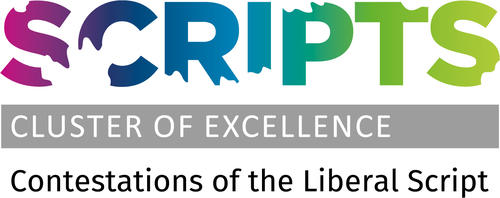How Non-Majoritarian Institutions Make Silent Majorities Vocal. A Political Explanation of Authoritarian Populism
Michael Zürn – 2022
Why did we witness such a strong growth of anti-liberal forces twenty-five years after the triumph of liberalism? The answer is twofold. First, authoritarian populism has not sneaked into a given political space but is co-constitutive of a new cleavage in most modern societies. Authoritarian populists speak to the issues of this cleavage. Second, the rise of this new cleavage and authoritarian populists cannot be reduced to one of the two well-known explanations, namely the economic insecurity perspective and cultural backlash perspective. This current paper develops a political explanation that integrates struggles over policies with a focus on endogenous dynamics of political institutions in and beyond democracies. In this account, it is the historical compromise between labor and capital that has triggered a dynamic in which the rise of so-called non-majoritarian institutions (NMIs)—such as central banks, constitutional courts, and international organizations (IOs)—have locked in liberal policies in most consolidated democracies. This explanation brings together the party cartelization thesis with the observation that NMIs are a major target of contemporary populism. The explanatory model is probed by translating it into descriptive propositions and by showing step by step how the sequence unfolded in electoral democracies.
